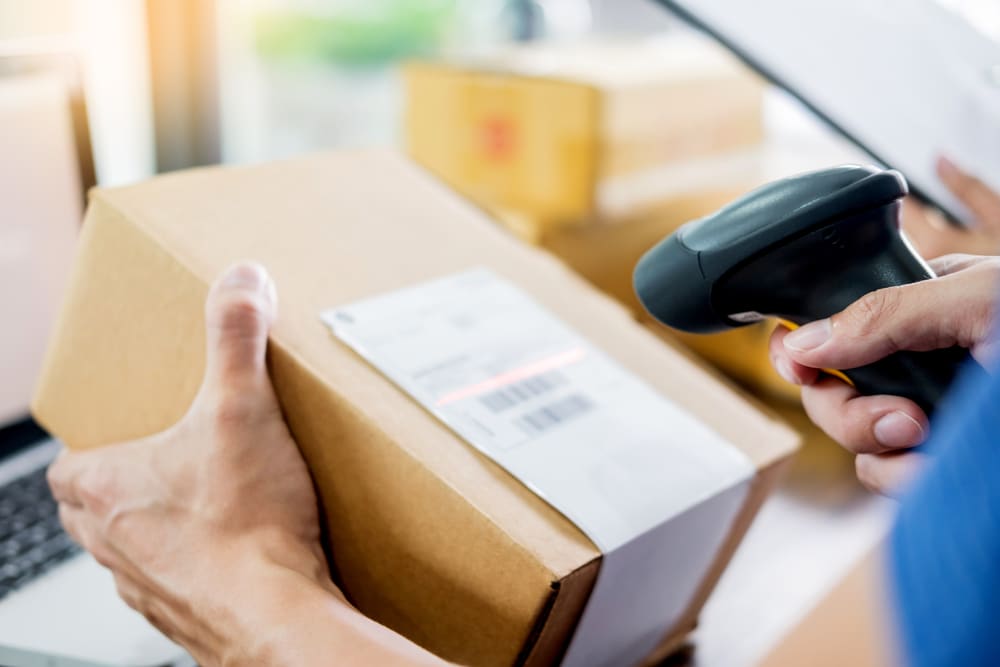Insight / Blog
How retailers can take back control in the last mile

Let’s start with the outcome: retailers should aim for higher percentages of ecommerce orders to be fulfilled via Click & Collect, rather than home deliveries.
Why? Well, Click & Collect is more profitable thanks to additional spend in stores and the cost-efficiencies of consolidated delivery. However, the biggest reason is that it allows the retailer to have fuller control over the customer experience.
Home delivery relinquishes that control to incredibly busy and under-pressure drivers, who are not measured by how . When it all works, it’s still usually a distinctly hurried and abrupt experience to receive a parcel at the door. Of course, it often doesn’t work and that’s where the real damage is done to the brand and the customer’s loyalty.
By contrast, collecting an item in store allows omnichannel retailers to leverage their biggest advantage over pure-plays and have complete control over the customer experience in stores. This can mean guiding them towards incremental purchases through staff interactions, offering them the use of store facilities such as changing rooms, or just handing over a parcel with a smile.
Home delivery as the default is a hangover of early ecommerce
Customers themselves express frustration that home delivery is still seen as the default – our research shows that one in four shoppers are annoyed by this positioning by retailers, and the same percentage are surprised that home delivery is the only option for many retailers. A sizable chunk of the shopping population are clearly invested in having better experiences and receiving their purchases in a better way.
Previously, connectivity between stores and online orders was challenging and awkward, so home delivery was the obvious option. However, as technology closes that gap and makes it much more viable for retailers to connect their online and offline orders and stock, there’s less of a reason to default to home deliveries.
Home delivery can be a brand risk
That dislike of home delivery is unsurprising when you consider how many of us would struggle to be available for a delivery to our homes in working hours (i.e. when the vast majority of home deliveries occur). The annoyance of a missed delivery leaves a stain on our experience of the brand.
From the retailer’s perspective, there’s nothing to be done – partner with the best last-mile delivery services you can find and hope that the failure rate is low. As a customer, I didn’t choose the courier, so all responsibility is with the retailer to make it work, and anything going wrong will sit firmly with the retailer in my mind.
Taking back control in the last mile
This is how retailers have lost control over the last mile, and why many are starting to see the benefits of retaining that control. Walking into a store to pick up a parcel puts a customer in a space controlled by the retailer, where they have the ability to create the best experience possible. Of course, the better that experience the more likely the shopper is to make additional purchases, as 70% of click and collect customers do at Doddle’s collection points in Morrisons.
That additional revenue can be a real sweetener for ecommerce – M&S orders which are fulfilled with click and collect get a 25% boost in value from the additional shopping that happens when you bring customers into stores.
In both of these cases, the retailer doesn’t just benefit from additional footfall and incremental revenue, they also ensure that their customer has a consistent experience at their own convenience, which may be more valuable for their brand in the longer term.
Topics:
Related articles
Important lessons from Leaders in Logistics 2024
Leaders in Logistics 24 dived into AI & automation, sustainability, changing ecommerce behaviours, emerging consumer expectations & predicted what the next decade had in store.
Postal results, reforms, and returns
Posts around the world are seeking reform, but how can they drive improved results in the short term?
5 Changes We Predict in eCommerce Delivery & Returns in 2024
Our predictions for 2024 in ecommerce delivery and returns, plus a roundup of our 2023 predictions.











